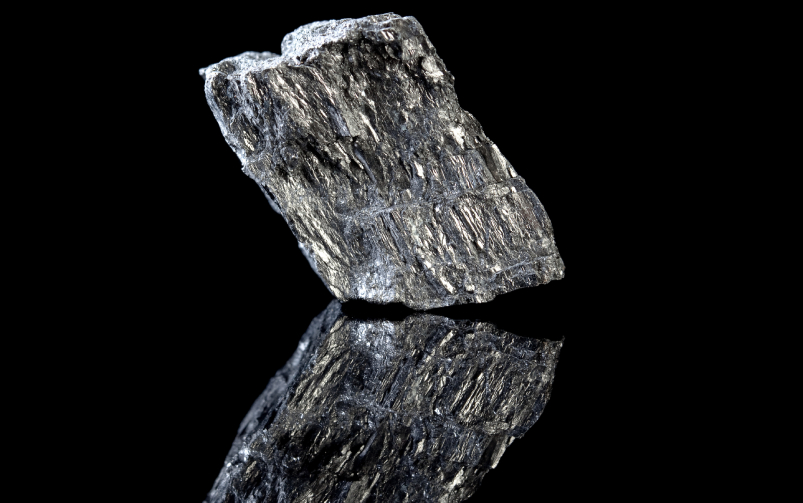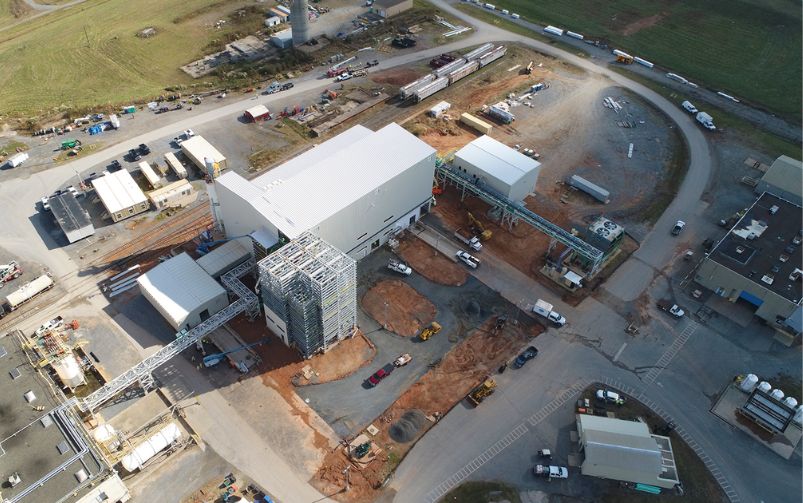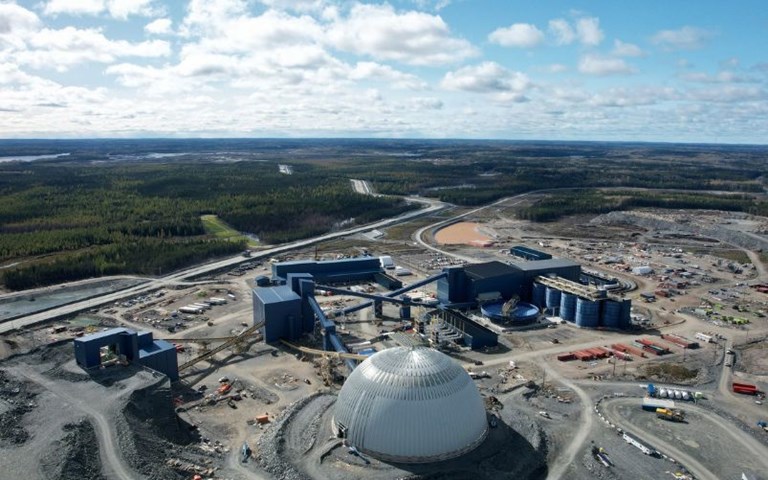The Greenstone gold project is nearing completion, with operations to start in the first half of 2024. Courtesy of Equinox Gold.
Welcome back to your weekly mining news recap, where we catch you up on some of the news you may have missed. This week’s headlines include Equinox Gold’s Greenstone project progressing towards the finish line, a proposed expansion of Agnico Eagle’s Meliadine mine being turned down and Kinterra Capital investing big into battery minerals.
First Quantum Minerals has suspended production at its Cobre Panama copper mine due to intensifying protests and a port blockade, which is disrupting deliveries to the mine, as reported by Bloomberg. Meanwhile, the country’s supreme court is expected to begin deliberating today as to whether to repeal the miner’s contract with the Panamanian government.
Equinox Gold announced the near completion of its Greenstone gold mine in Ontario. The Greenstone project, which is projected to be one of Canada’s largest gold mines, is 96 per cent finished, and the power plant is fully operational. Developed by a 60-40 partnership between Equinox Gold and Orion Mine Finance Group, the project is expected to come in within the US$1.23 billion budget and is still on track to pour gold in the first half of next year.
CIM’s Capital Projects Symposium concluded on Tuesday in Vancouver, with several key lessons shared on how to improve capital projects at every stage of their development. Speakers emphasized not only the need for taking a pause to understand everyone’s role in a project should the project go off track, but also setting aside time for team building to improve communication and morale.
Uranium prices rose to US$80 a pound for the first time since early 2008 due to supply constraints and worldwide interest spiking in nuclear power, as reported by BNN Bloomberg. According to the New York Mercantile Exchange (NYMEX), yellowcake reached US$80.25 a pound on Monday. Experts predict that companies around the world may restart uranium production, as countries are increasingly investigating nuclear energy for low-carbon power, in addition to facing energy supply disruptions caused by Russia’s invasion of Ukraine.
Never miss another recap
Sign up for the latest news from CIM Magazine and the Canadian Institute of Mining, Metallurgy and Petroleum.
Vale Canada is selling a stake in its Indonesian nickel mining unit to Indonesia’s state-owned mining company, as reported by Canadian Mining Journal. Vale Canada and Sumitomo Metal Mining both agreed to sell a 14 per cent stake in Vale Indonesia (PT Vale) to PT Mineral Industri Indonesia. The state-owned miner will hold about 34 per cent of the issued shares, up from 20 per cent, while Vale Canada will hold about 33.9 per cent, down from 43.79 per cent, and Sumitomo about 11.5 per cent, down from 15.03 per cent, to meet the minimum domestic ownership laws in the country that restrict foreign ownership of mines. As a result, PT Vale’s mining business licence has the potential to be extended beyond 2025 in the region.
The federal government has officially opened up applications to its critical minerals infrastructure fund, as reported by Northern Ontario Business. Eligible mining companies can now apply to the first round of a call for proposals to get a share of the funding, up to $50 million per project. The government is releasing a total of $300 million in the first round from the $1.5 billion fund, which can be used for clean energy and transportation projects and will be allocated over a seven-year period.
Agnico Eagle’s Meliadine gold mine expansion plans were rejected by the Nunavut Impact Review Board (NIRB), as reported by Canadian Mining Journal. The proposal to extend the mine’s life by 11 years was turned down after the NIRB cited concerns of impacts to local caribou herds and Agnico Eagle’s proposed location for a wind farm. It added that while it has rejected the plan, the miner could resubmit its proposal at a later date.
Canadian private equity firm Kinterra Capital is investing heavily into critical mineral assets in North America, Western Europe and Australia, as reported by Tech Crunch. The US$565 million fund will be used towards investments in lithium mines, along with exploration projects for cobalt, nickel and graphite, as well as technology related to battery minerals. It has already invested “substantial capital” into a nickel processing plant in Quebec.
Australian investors are increasingly flocking to Canada for its critical minerals resources, which is ushering in an Australian mining wave that could benefit both countries, Alexandra Lopez-Pacheco wrote in the November issue of CIM Magazine. Aside from financial investments, Australian companies bring with them expertise in mining specific critical minerals like hard rock lithium. CIM Magazine editor-in-chief Ryan Bergen wrote in his editor’s letter from the same issue that the growing Aussie footprint has the opportunity to be a win on both sides, despite calls to “protect one’s lunch” from some in the industry.
That’s all for this week. If you’ve got feedback, you can always reach us at editor@cim.org. Have something interesting to add? Join the conversation on our Facebook, Twitter, LinkedIn or Instagram.




